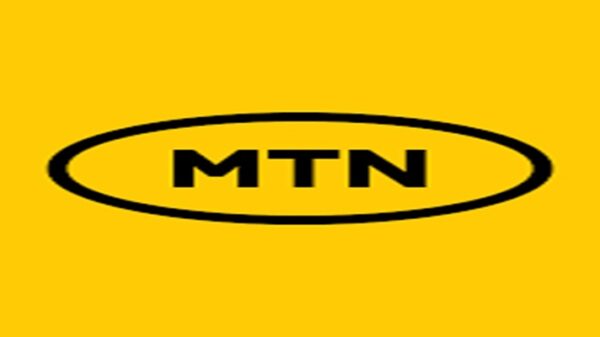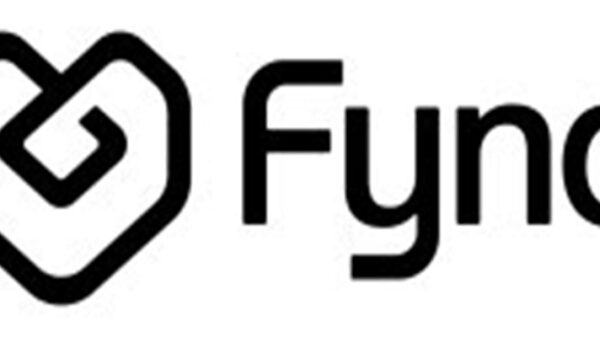By Akintunde Opawole. Published Date: June 12, 2020
Traditional technology businesses in Nigeria must adopt agile approaches to remain competitive in today’s dynamic business environment. Agile approaches, such as the Scrum framework, are gaining popularity in the technology sector due to their ability to produce high-quality products on schedule. This article will examine the advantages of implementing the agile-scrum approach for traditional technology firms in Nigeria, with a focus on the product owner’s role.
What is Agile-Scrum Methodology?
Agile-Scrum is a prevalent software development approach that stresses cooperation, adaptability, and customer satisfaction. It involves breaking down complicated projects into smaller tasks that are feasible to complete in sprints, or short time intervals. Scrum is designed to encourage teamwork, accountability, and continual development.
In the Scrum framework, the product owner is the main stakeholder responsible for setting the product vision and ensuring the development team is creating the correct product. The product owner collaborates closely with the development team and other stakeholders to establish feature priorities and ensure that the product meets consumer requirements.
Benefits of Using the Agile-Scrum Approach
Improved Customer Satisfaction
Enhanced client satisfaction is one of the major advantages of adopting the agile-scrum methodology. By focusing on client demands and prioritizing features based on consumer feedback, traditional technology businesses are able to develop solutions that better suit customer requirements. This can ultimately result in higher consumer satisfaction and market success.
Accelerated Time-to-Market
A second advantage of adopting the agile-scrum methodology is that new goods reach the market more quickly. By dividing large projects into smaller tasks that can be accomplished in short sprints, businesses are able to deliver products more quickly and effectively. This benefited one of the organizations I worked with tremendously, reducing our time to market by over 70%. Before the adoption of Agile-Scrum at the company then, software products could take months with no set date to achieve MVP in many cases. But with the adoption of the Agile-Scrum framework, teams were able to break down tasks into smaller tasks, and accountability was ensured with sprint review at the end of the sprint. The Scrum framework also emphasizes continuous delivery and feedback, which can assist businesses in launching products more quickly and adapting to client input.
Improved Cooperation and Teamwork
The agile-scrum technique encourages improved communication and teamwork between development teams, product owners, and other stakeholders. By collaborating closely and communicating effectively, teams can create superior goods and achieve higher market success. I experienced this at a larger scale at the beginning of the lockdown (thanks to the Coronavirus pandemic), my team was able to carry on with work, communicated effectively and cooperated efficiently thanks to the adoption of the agile-scrum framework at my organization. Also, the Scrum framework stresses responsibility and openness, which can assist teams in staying on schedule and delivering high-quality products.
Enhanced Adaptability
The agile-scrum technique is intended to be flexible and adaptive to shifting priorities and objectives. This is crucial for traditional technology companies in Nigeria that operate in an industry that is continually evolving. The Scrum methodology enables businesses to quickly adjust to shifting market conditions and client demands, which can help them remain competitive.
The Product Owner’s Role in Agile-Scrum Methodology
With the agile-scrum technique, the product owner plays a vital role. The product owner is responsible for designing the product vision, creating a product backlog, and prioritizing features based on customer requirements and organizational objectives. The product owner collaborates closely with the development team to ensure the product meets client requirements and is delivered on time and on budget.
The product owner is also responsible for maintaining the product backlog, which is a list of all the required product features. The most critical features are placed at the top of the product backlog based on customer requirements and organizational objectives. Along with the development team, the product owner breaks down these features into smaller tasks that can be executed in short sprints.
With the agile-scrum process, one of the primary benefits of having a product owner is that it guarantees the product meets client requirements. The product owner collaborates extensively with customers and stakeholders to collect input on the product and modify it accordingly. This can contribute to an increase in client satisfaction and, ultimately, market success.
Also, the product owner plays a vital role in ensuring that the product is produced efficiently and successfully. By collaborating closely with the development team, the product owner can guarantee that the team is focusing on the most essential features and delivering the product on time and on budget. In order for the product to be maintainable and scalable, the product owner also helps prioritize technical debt and other non-functional requirements.
Adoption of the Agile-Scrum Methodology:
Implementing the agile-scrum approach is a process that necessitates a substantial mental and cultural adjustment. Traditional IT firms in Nigeria can embrace the agile-scrum methodology by taking the following steps:
Inform the Team
The first step in adopting the agile-scrum approach is educating the team on the framework’s core concepts and ideals. This contains instruction on the Scrum framework, agile principles, and product owner responsibilities.
Develop a Product Strategy
The product owner should collaborate with stakeholders to develop a product vision that specifies the product’s aims and objectives. This vision should be shared with the development team so that everyone is working toward the same objective.
Build a Product Inventory
The product owner must build a product backlog that details the product’s features and requirements. The backlog should be prioritized according to client requirements and corporate objectives.
Define Sprint Objectives
Together, the development team and product owner should set sprint objectives that correspond with the product vision and backlog. Sprint objectives should be realizable within the sprint timeline and should contribute to the product’s overall success.
Perform Sprint Planning
The development team and product owner should undertake sprint planning in order to specify the tasks and activities to be completed during the sprint. This involves decomposing features into smaller jobs and evaluating the time required to execute each task.
Do Daily Stand-Ups
The development team should hold daily stand-up meetings to discuss progress, obstacles, and daily plans. This ensures that everyone is working toward the sprint’s objective and that any issues are swiftly discovered and resolved.
Perform Sprint Reviews
The development team and product owner should perform a sprint review at the conclusion of each sprint to assess progress, present completed work, and solicit input from stakeholders. This ensures that the product meets customer requirements and that any concerns are resolved promptly.
I would like to wrap up by saying, the agile-scrum approach is a robust framework that can assist traditional technology firms in Nigeria in producing high-quality products in a timely and efficient manner. By embracing the agile-scrum technique, businesses can achieve more customer satisfaction, greater flexibility, and a quicker time-to-market. The product owner plays a crucial role in the agile-scrum approach, collaborating closely with the development team to ensure the product meets client requirements and is delivered on time and under budget. Implementing the agile-scrum methodology necessitates a considerable mental and cultural transformation, but the rewards are well worth the effort
![]()




























































